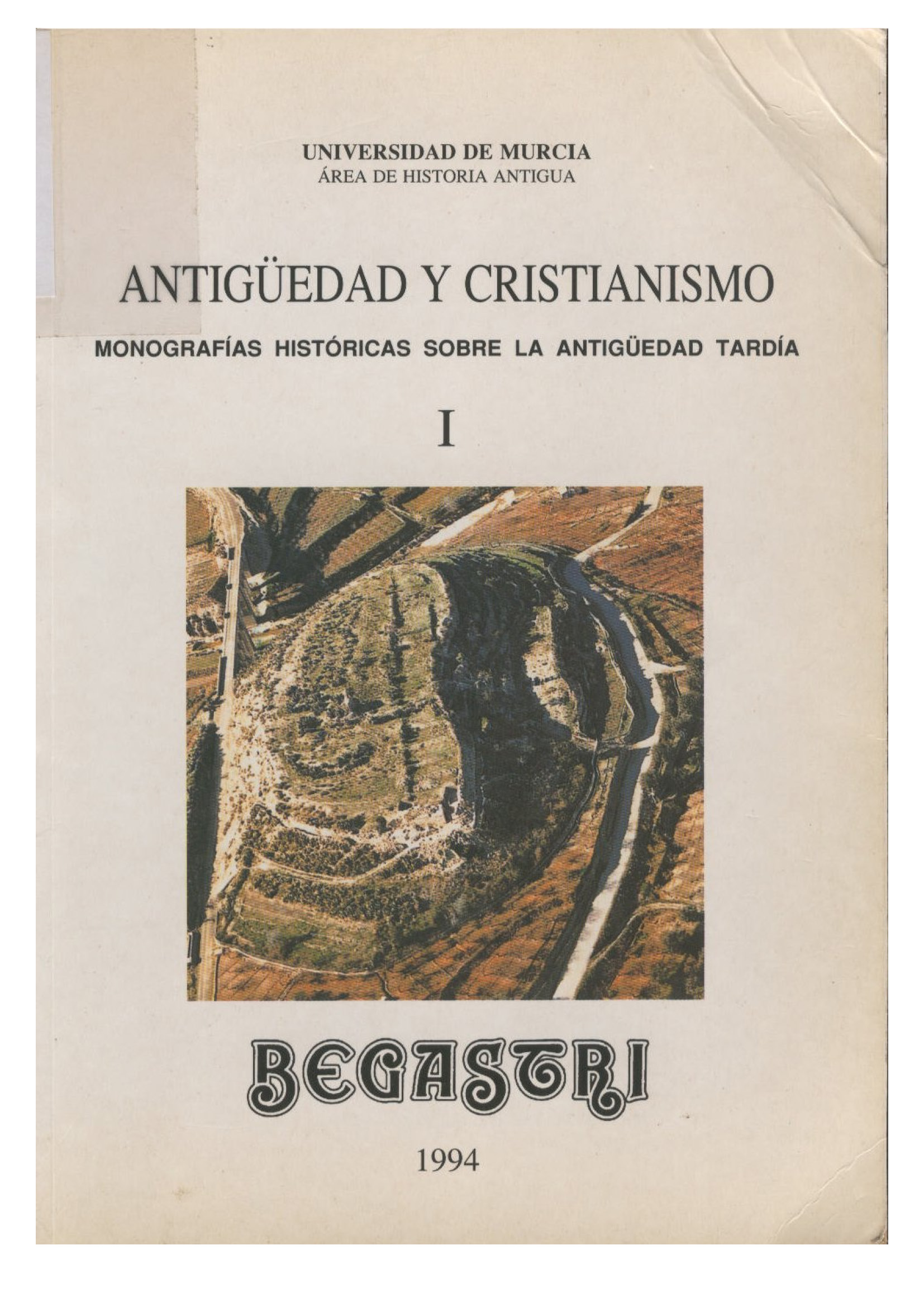Vidrios de Begastri
Abstract
El vidrio puede tener gran importancia para fechar yacimientos, puesto que es un buen índice cronológico. Desde el punto de vista arqueológico no se ha estudiado lo suficiente. Por lo general, las piezas que se estudian son las más bellas en cuanto a formas y colores, dejando las más vulgares. Sin embargo son éstas las que se encuentran más fácilmente (casi siempre en fragmentos)'.
Su fabricación precisa conocimientos técnicos y científicos, sobre todo químicos, ya que el vidrio resulta de la fusión de sílice (arena), caliza y alcalis (sosa o potasa). La unión de estas sustancias da como resultado una materia estable, que necesita de otros procesos para convertirse en vidrio. Su punto de fusión no está totalmente definido, aunque el de base sódica es mayor que el de base potásica. El vidrio de base sódica es más normal en la antigüedad y tiene mas plasticidad que el potásico, lo que permite moldearle mejor.
Downloads
-
Abstract326
-
PDF (Español (España))120
1. The authors non-exclusively assign the exploitation rights (reproduction, distribution, communication and transformation) to the magazine.
2. The works published in this magazine are subject to the Attribution-ShareAlike 4.0 International license (CC By SA 4.0). Therefore, they can be copied, used, disseminated, transmitted and publicly displayed, provided that:
i) the authorship and the original source of its publication (journal, editorial and URL of the work) are cited, thus allowing its recognition.
ii) it is allowed to remix, transform or create from the material while maintaining the same license as the original.
Note: Articles prior to 2022 incorrectly display the CC by SA license in the abstract page. They are under a CC by NC ND license as embedded in the article pdfs. Articles published in 2022 and after are under the CC by SA license.

3. Self-archiving conditions. Authors are allowed and encouraged to electronically disseminate the pre-print (version before being evaluated) and/or post-print (version evaluated and accepted for publication) versions of their works before publication, as it favors their publication. Earlier circulation and diffusion and with it a possible increase in its citation and reach among the academic community. Color RoMEO: verde.
























